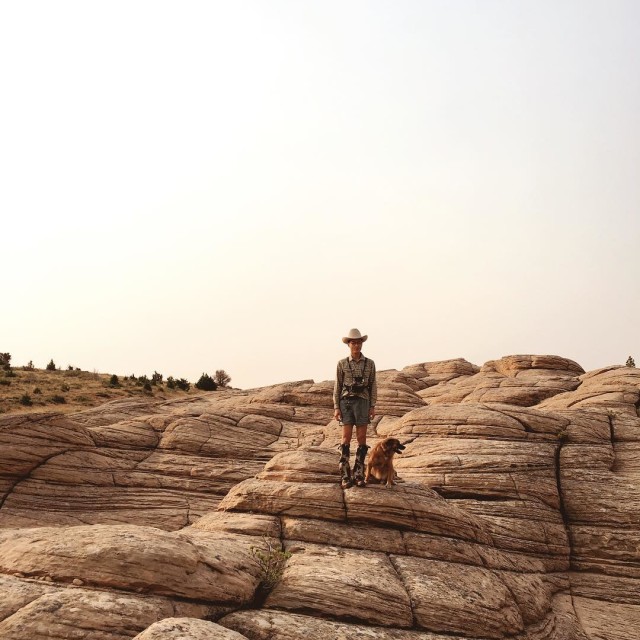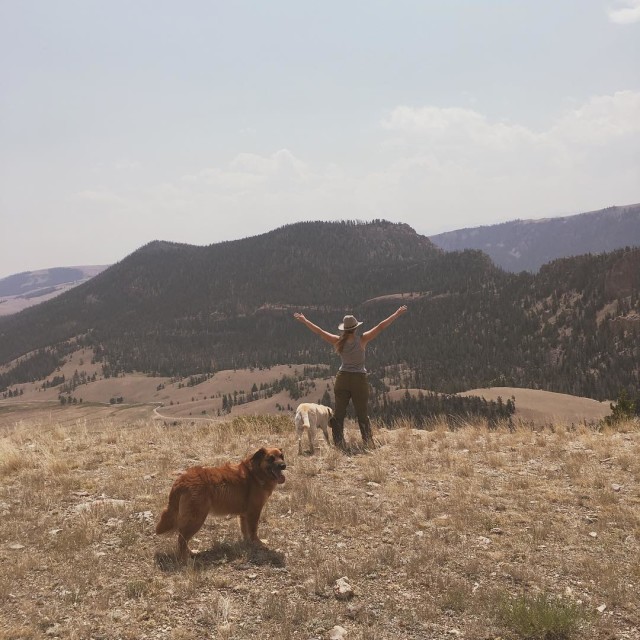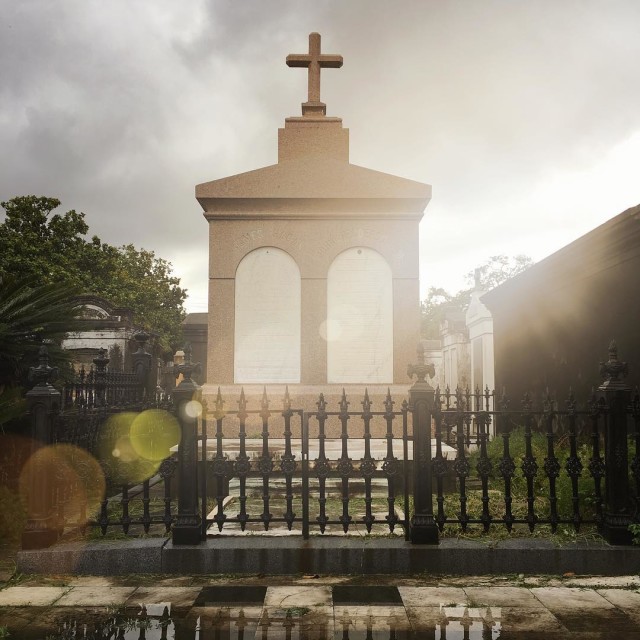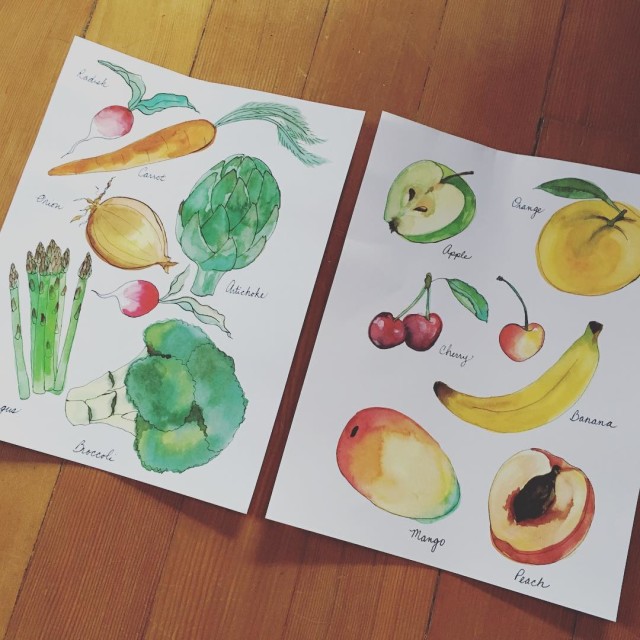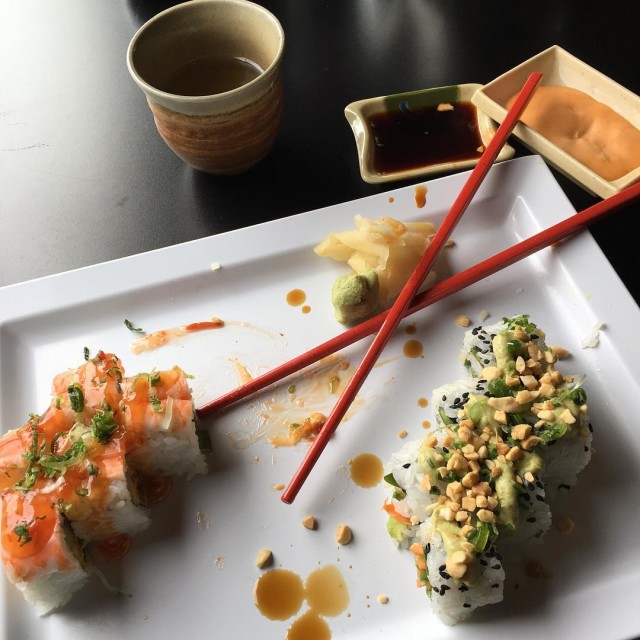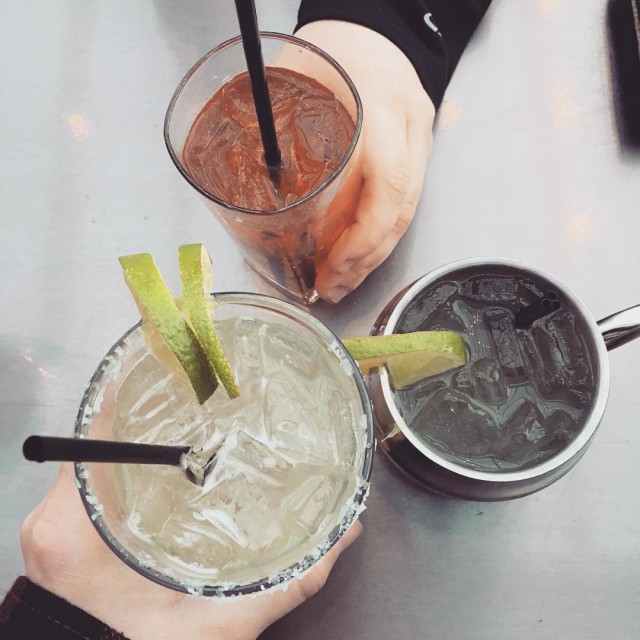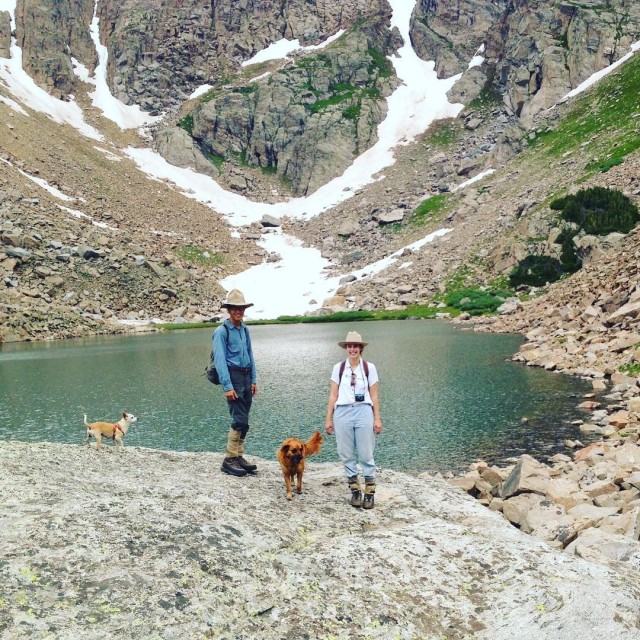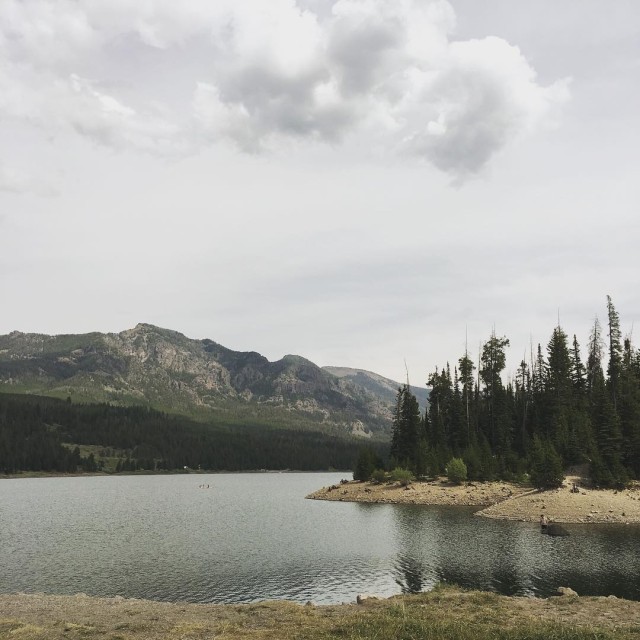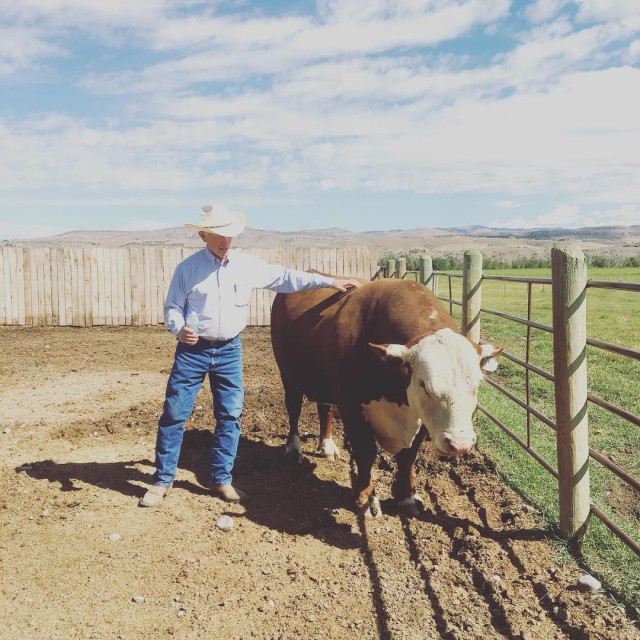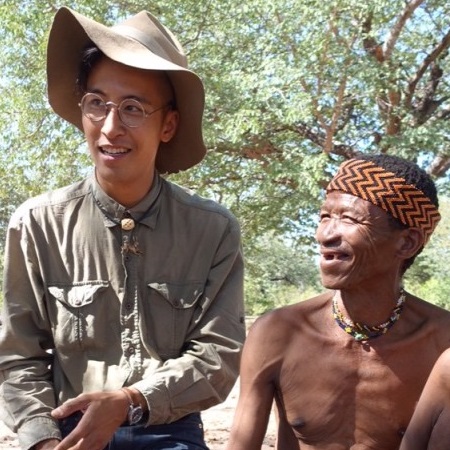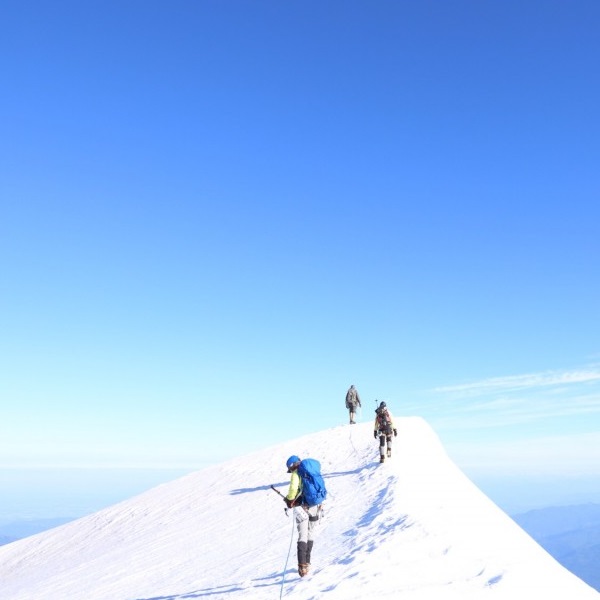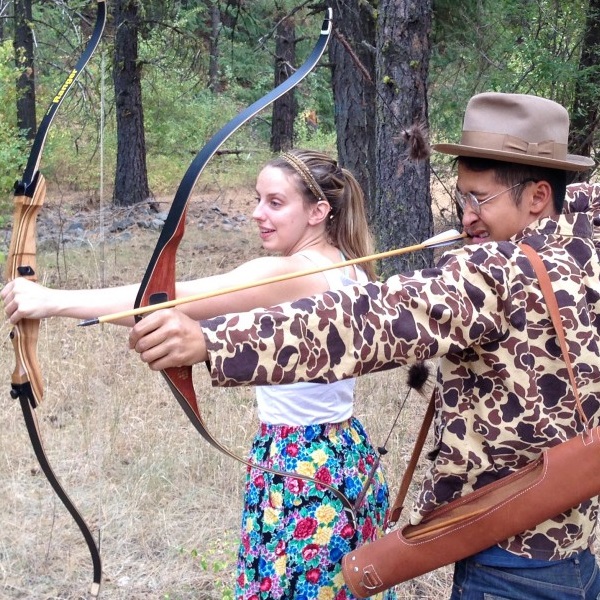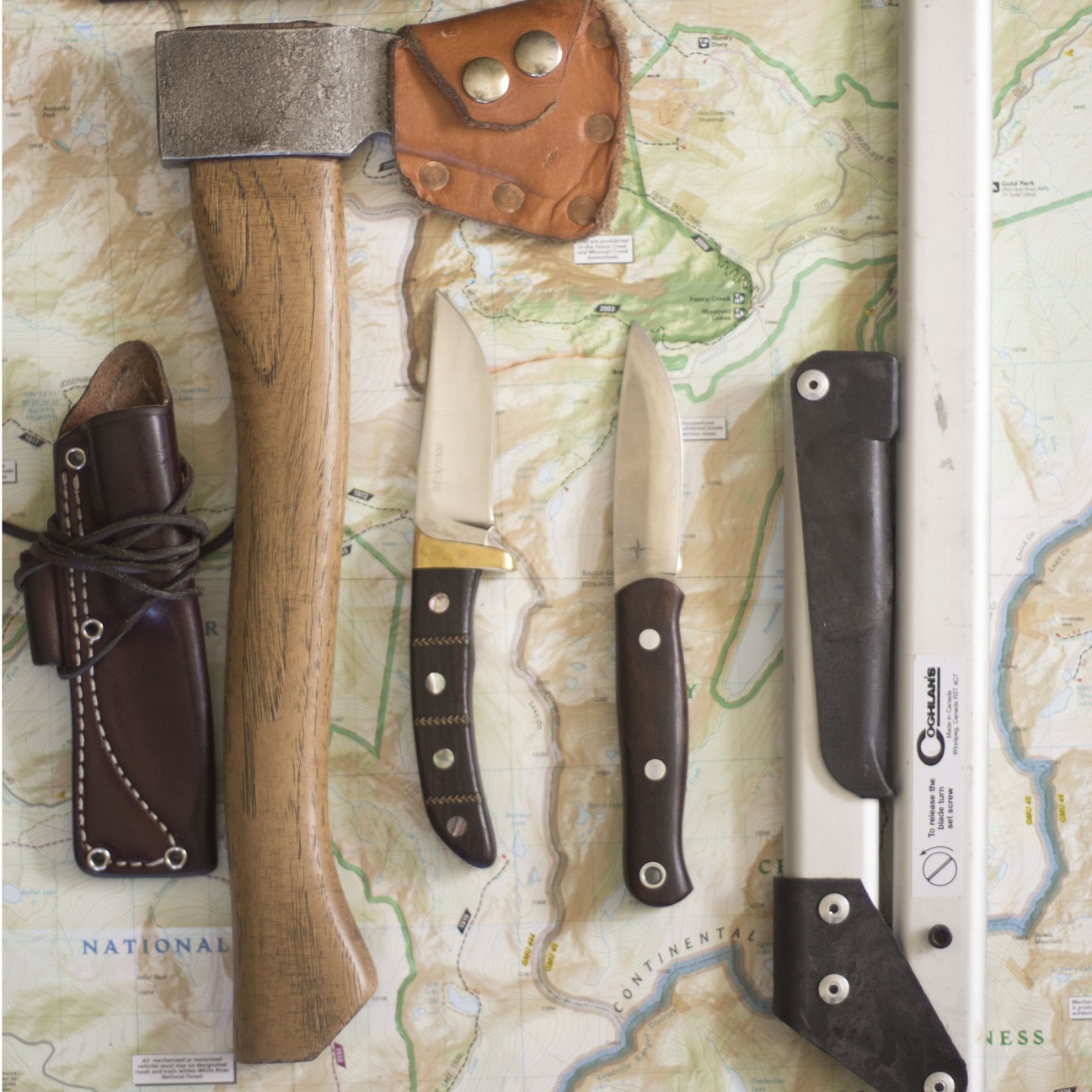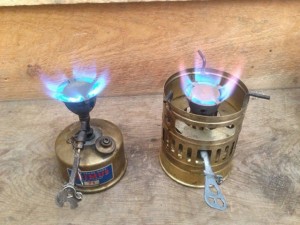 |
| Primus 71 and Svea123r |
Well the biggest question from critics along the way, and what you are probably asking right now, is what is a SVEA 123r and why the hell would you use it, especially for alpine climbing and winter camping?
The Svea 123 is a legendary stove that your granddaddy AND your daddy probably used to bag FA’s in the golden age of climbing on just about any sort of climb or hike from the Himalayas to the Appalachian Trail. Its been in production in its current form for over 60 years and has a lineage of design dating back over 100. Its still in production today however, the current models are no longer made in Sweden, but Taiwan(bummer).
Why did I take this dated design alpine climbing?
1. I like its style, I’m nostalgic, and I hear the spirit of alpinism every time this stove roars to life and melts my tea.
 |
| A Svea(Primus71) variant at 6900m on Nanga Parabat in 1954. Note the Trangia spirit burner to the right. |
2. It’s simple, stupid. If you recall in my Snow-Orientation post MSR Whisperlites issued form Colorado Mountain College are about as dependable in the backcountry as an Iphone battery. Thats not to say that well kept modern stoves can do much better, it’s just reassuring to know the Svea has no need for gaskets at the fuel line, no need for meltable plastic pumps and bolts on the stove itself. The Svea only has the on off regulator, and the self cleaning pricker. All other parts of the stove can be tightened and inspected with the on/off key. The only other part that I can see wearing out in the near future due to wear is the fuel tank cap gasket, which I carry a spare at all times.
3. It’s enough for the job. In non-field conditions, at my laboratory/patio at 10,124 feet It performs well enough with fast 5 min boils of a liter in the summer to 9 min slogs in sub zero temperature in the dead of winter.
4. It’s solid brass and it still manages to weight 16.8oz with spare parts and without its cup, about the same as a modern stove. It isn’t an ultralight beer can stove, but it works in the winter and at altitude.
The Svea is powered by whitegas aka coleman fuel, unleaded, and naptha, which is a gasoline like paint thinner available at the hardware store. I have heard stories of old time AT hikers fueling their Svea’s for months on leaded auto gas with no issue.
Camp at 12,400ft, the Svea worked in conjuction with an MSR Pocket Rocket stove, cooked and melted snow for 3. Lows at -10*F winds at over 30mph. The PocketRocket was very weak at that temperature, some improvement noticed when warm hands placed on the cold canister. Svea function as normal, but requiring two prime fires.
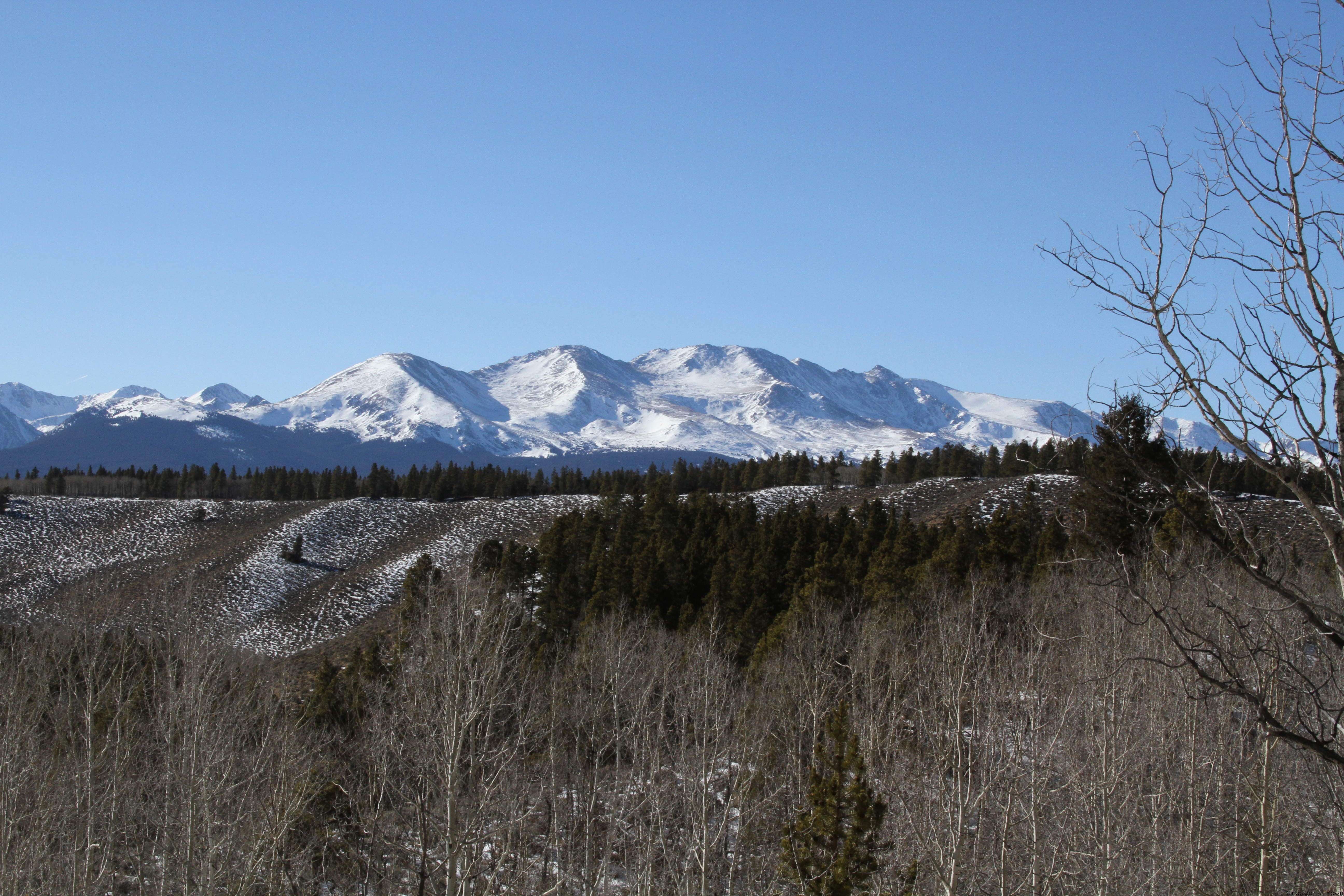
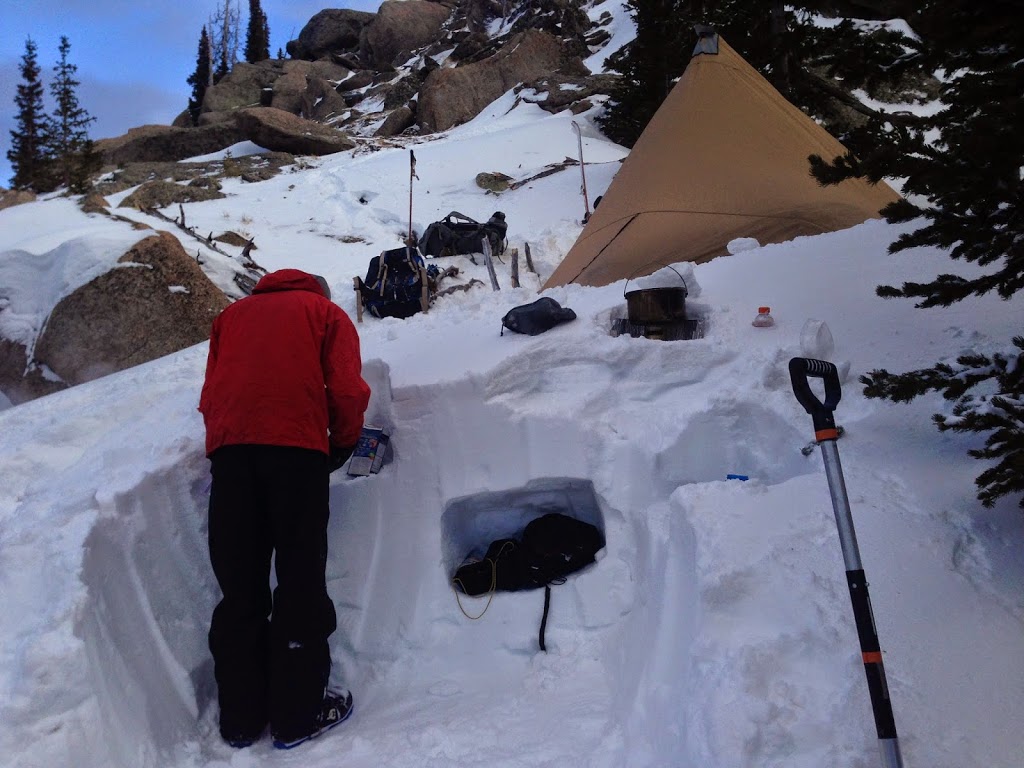
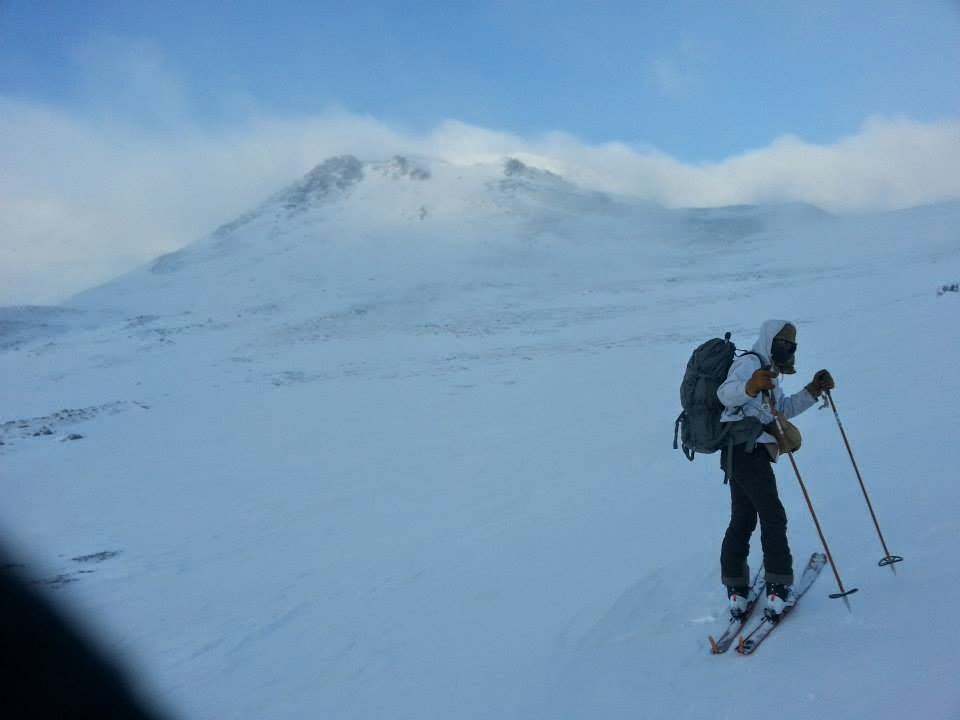
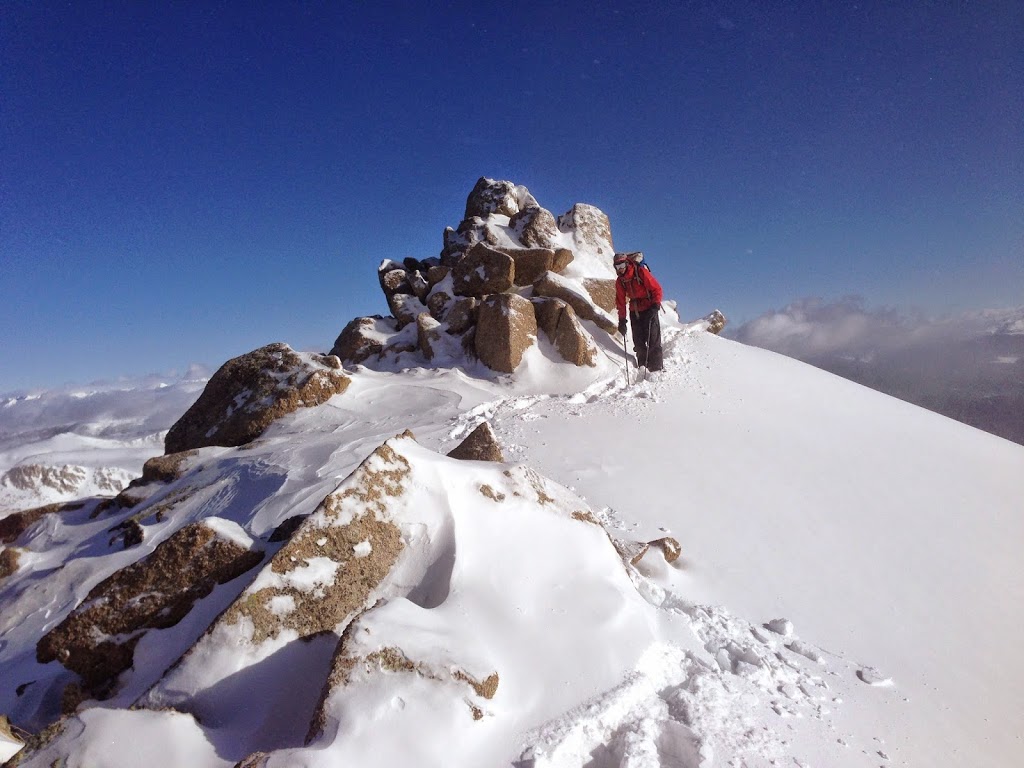
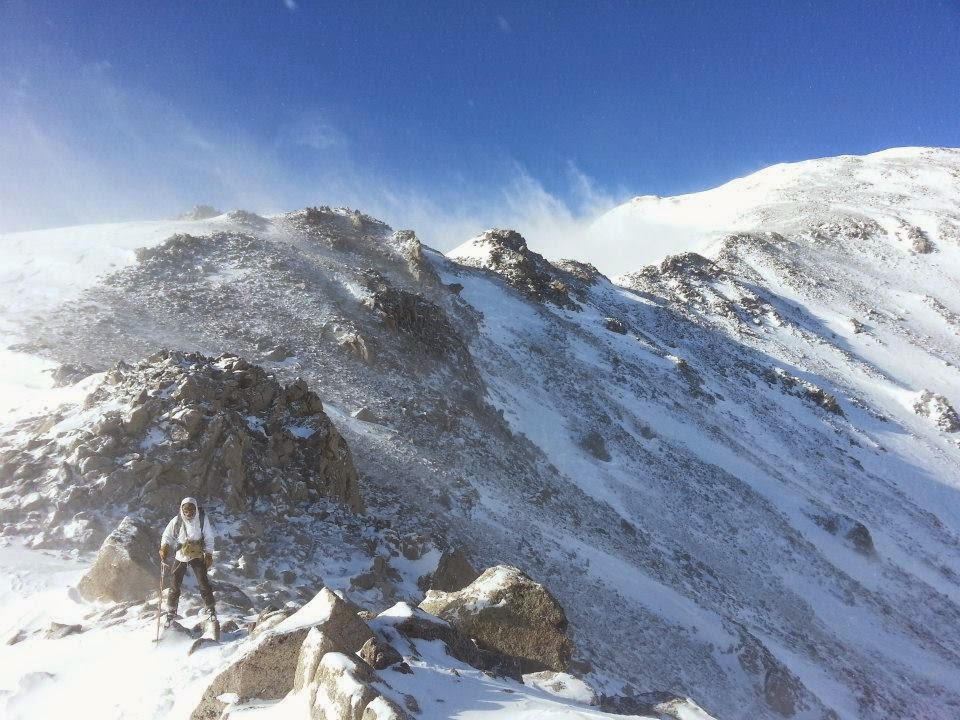
 |
| Me and Gomez at the Summit. |
More brass stove talk later. See you all in the mountains.
-Don




